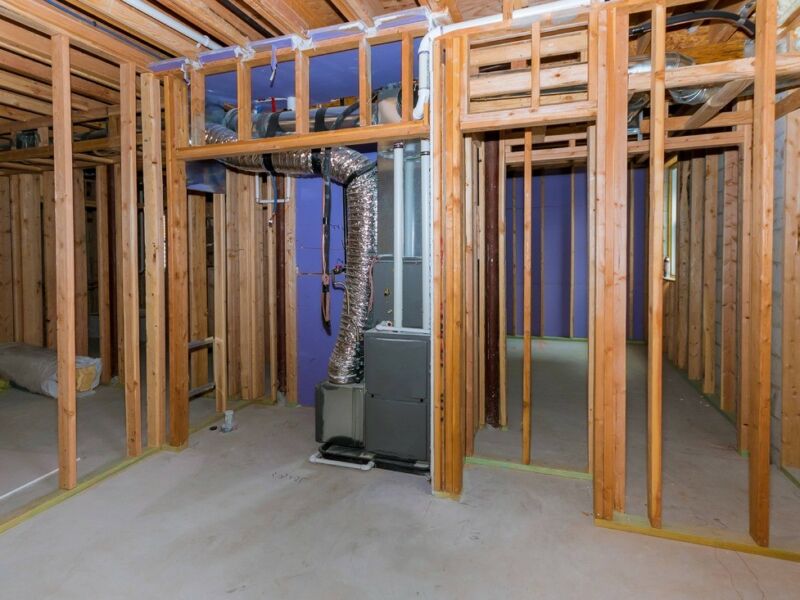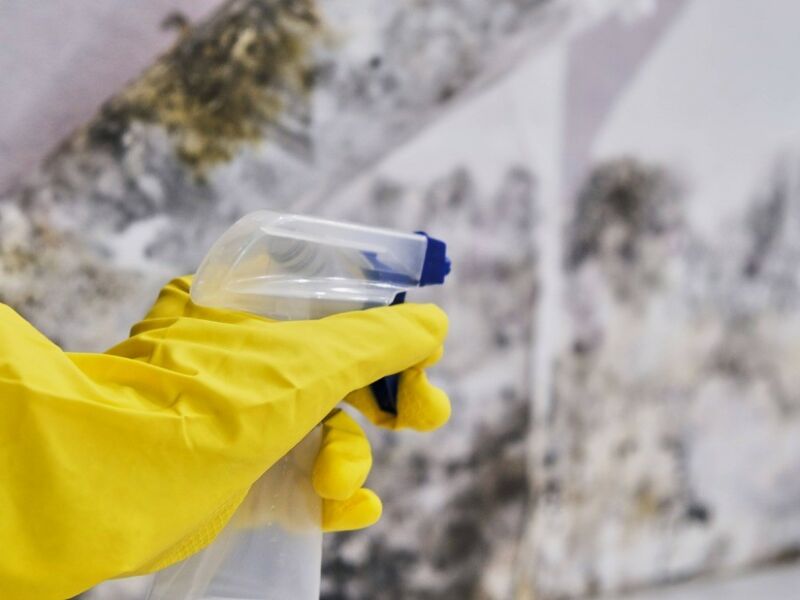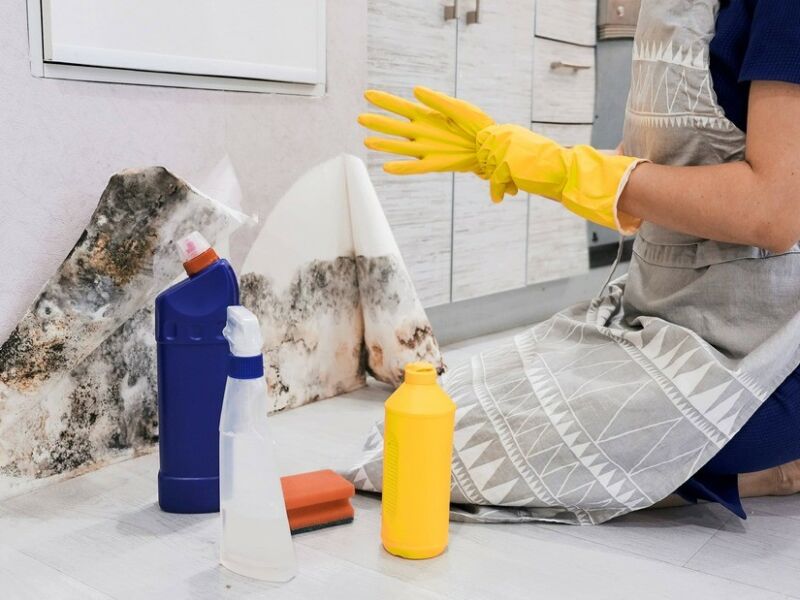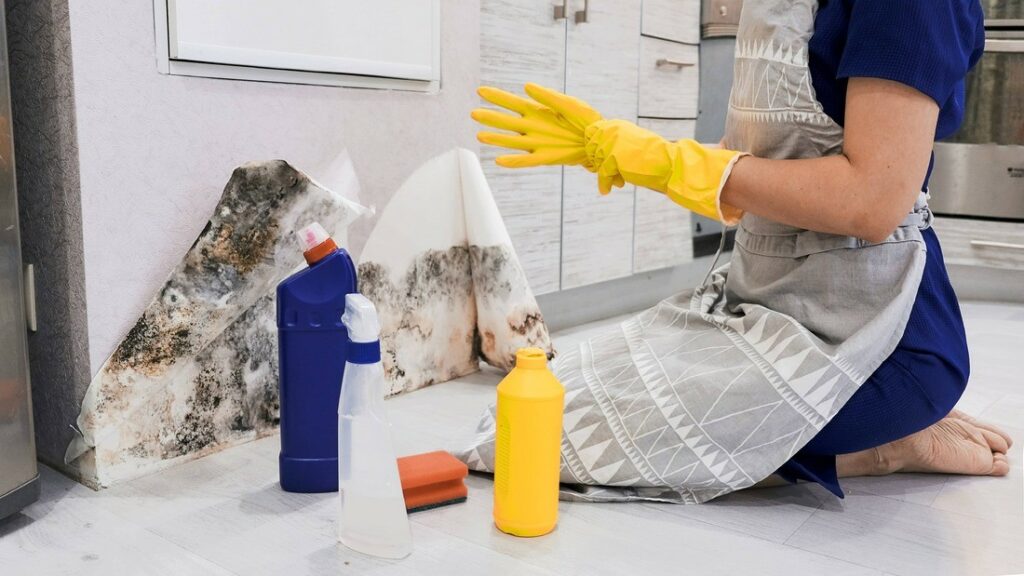
Basement Waterproofing Products and Sealants
Basement flooding is a common problem that many homeowners face, and it can lead to extensive damage and costly repairs. To prevent water damage and protect your basement, it is important to invest in basement waterproofing products and sealants. In this article, we will explore the importance of basement waterproofing and discuss the different products and sealants available to keep your basement dry and safe.
The Importance of Basement Waterproofing

Basement waterproofing is the process of preventing water from entering your basement and causing damage. Water intrusion can occur due to various reasons, such as heavy rainfall, poor drainage, hydrostatic pressure, foundation cracks, and plumbing leaks. When water seeps into your basement, it can damage the foundation, walls, floors, and belongings stored in the space.
By investing in basement waterproofing, you can:
- Prevent mold and mildew growth
- Avoid structural damage to your home
- Protect valuable belongings and furniture
- Reduce the risk of health issues caused by mold and dampness
- Increase the usable space in your home
Types of Basement Waterproofing Products and Sealants
There are several types of basement waterproofing products and sealants available on the market. These products are designed to create a barrier against water, preventing it from entering your basement. Let’s explore some of the most commonly used products for basement waterproofing:

1. Waterproofing Membranes
Waterproofing membranes are applied to the interior or exterior walls of the basement to create a protective barrier against water. These membranes are typically made from rubberized asphalt or plastic, and they effectively prevent water infiltration. Some common types of waterproofing membranes include sheet membranes, liquid membranes, and peel-and-stick membranes.
2. Drainage Systems
Drainage systems are essential for keeping your basement dry and preventing water buildup. These systems collect water and direct it away from your foundation. One common type of drainage system is a French drain, which consists of a perforated pipe surrounded by gravel or crushed stone. The water enters the pipe and is then carried away from the basement.
3. Sump Pumps
A sump pump is a device that removes water that has accumulated in a basement or crawl space. It is typically installed in a sump pit, which collects water from the drainage system. When the water in the pit reaches a certain level, the sump pump activates and pumps the water out of the basement. This helps prevent flooding and water damage.
4. Concrete Sealers
Concrete sealers are applied to the basement walls and floors to create a waterproof barrier. These sealers penetrate the concrete and form a protective layer that prevents water from seeping through. There are various types of concrete sealers available, including epoxy sealers, acrylic sealers, and penetrating sealers.
5. Crack Injection Systems
Crack injection systems are used to repair foundation cracks and prevent water from entering through them. These systems involve injecting a specialized hydrophobic or hydrophilic resin into the cracks, which fills and seals them. This prevents water from seeping through the cracks and causing further damage.
6. Exterior Waterproofing Coatings
Exterior waterproofing coatings are applied to the exterior walls of the basement to create a waterproof barrier. These coatings are typically made from rubber-based or elastomeric materials and provide excellent protection against water intrusion. They are applied to the foundation walls before backfilling, effectively preventing water from reaching the basement.
Conclusion
Basement waterproofing is crucial for preventing water damage and protecting your home. By investing in the right basement waterproofing products and sealants, you can ensure that your basement remains dry and free from water intrusion. Consider consulting a professional basement waterproofing company, such as Service Water Restoration Pros, for expert advice and assistance in selecting and installing the appropriate waterproofing products for your basement.



